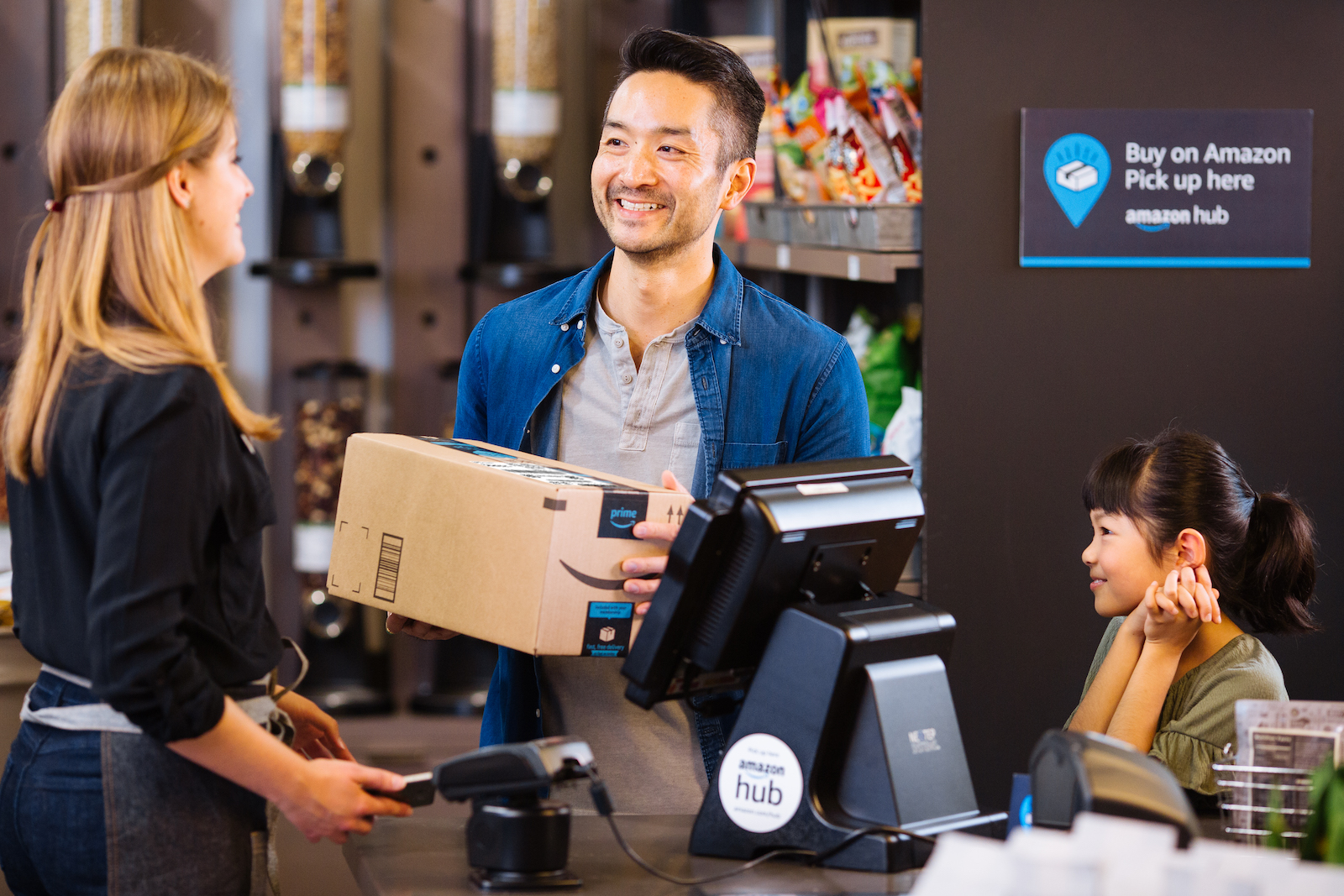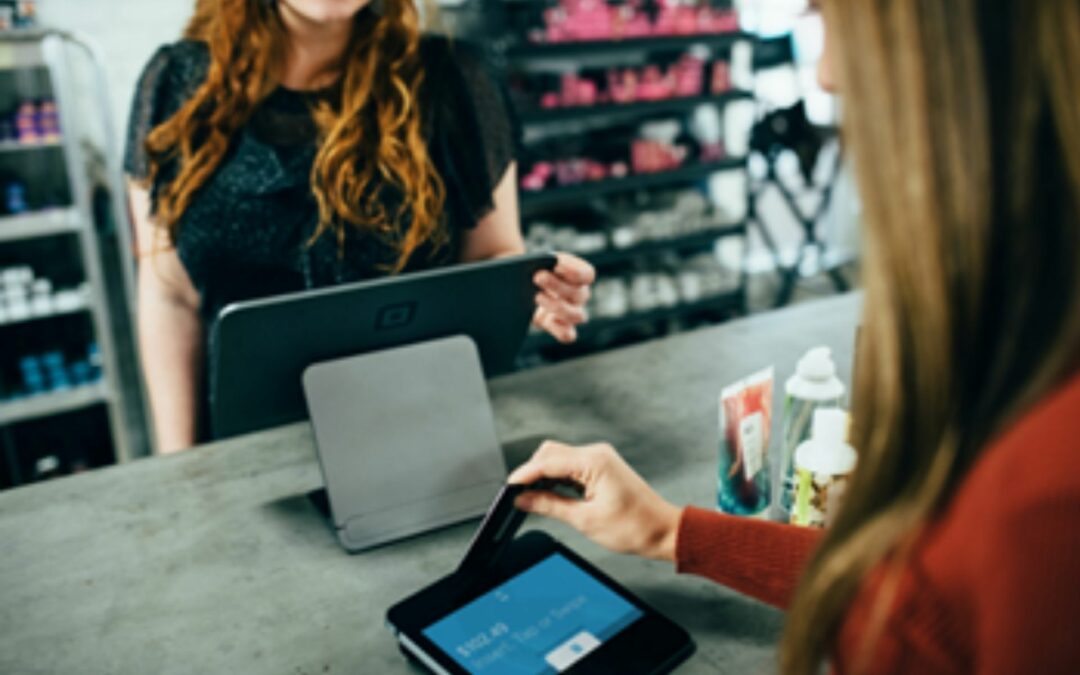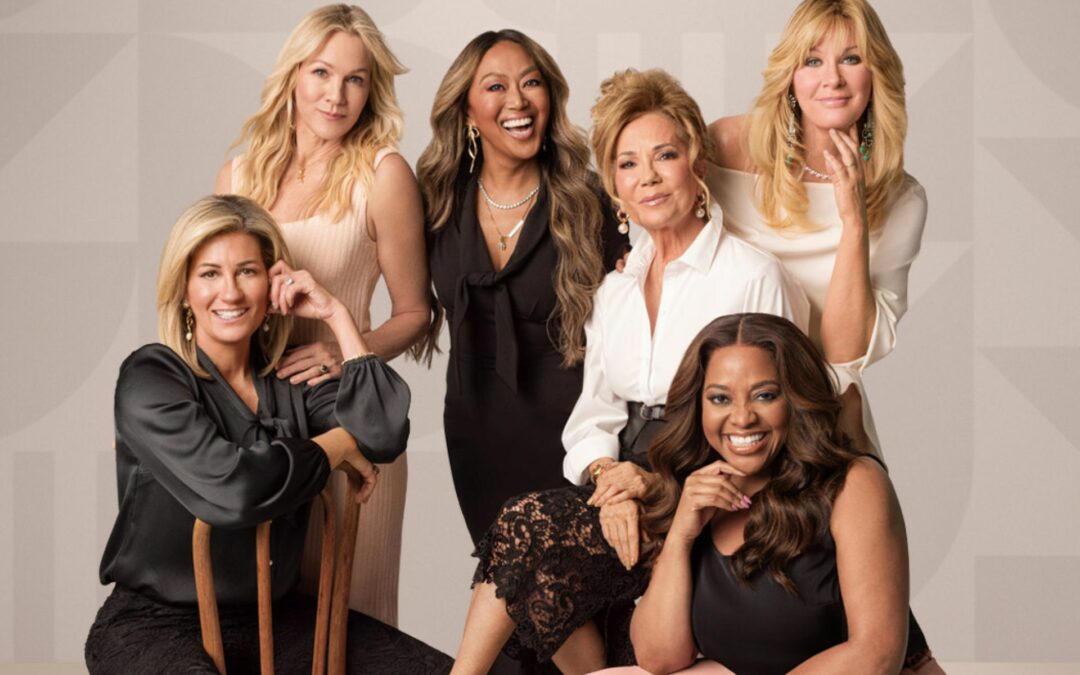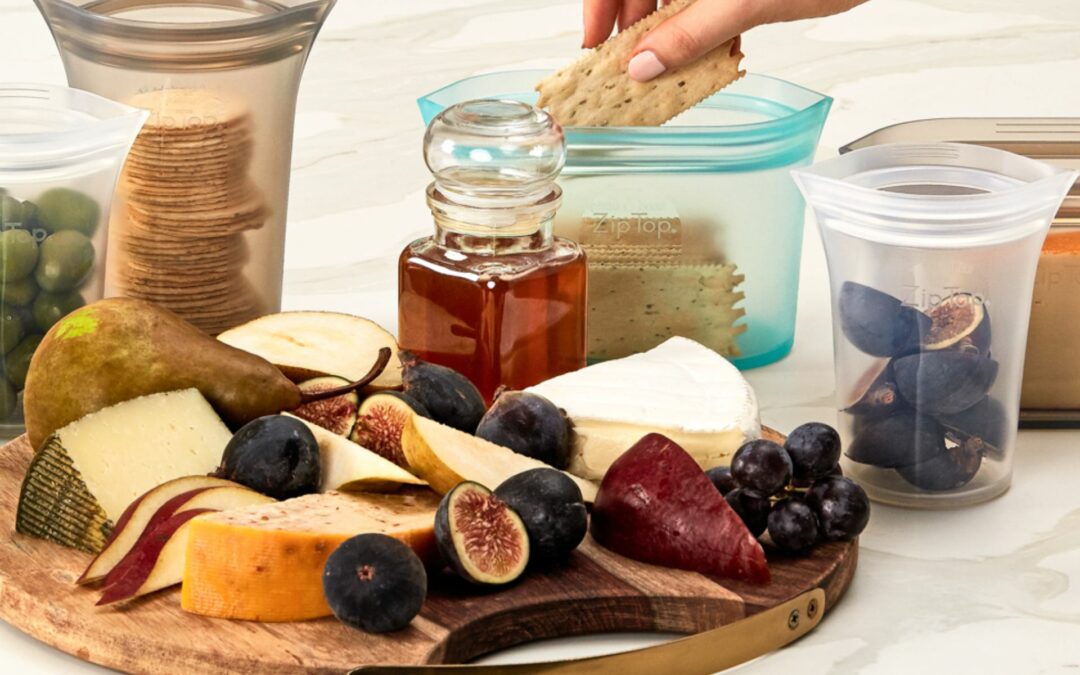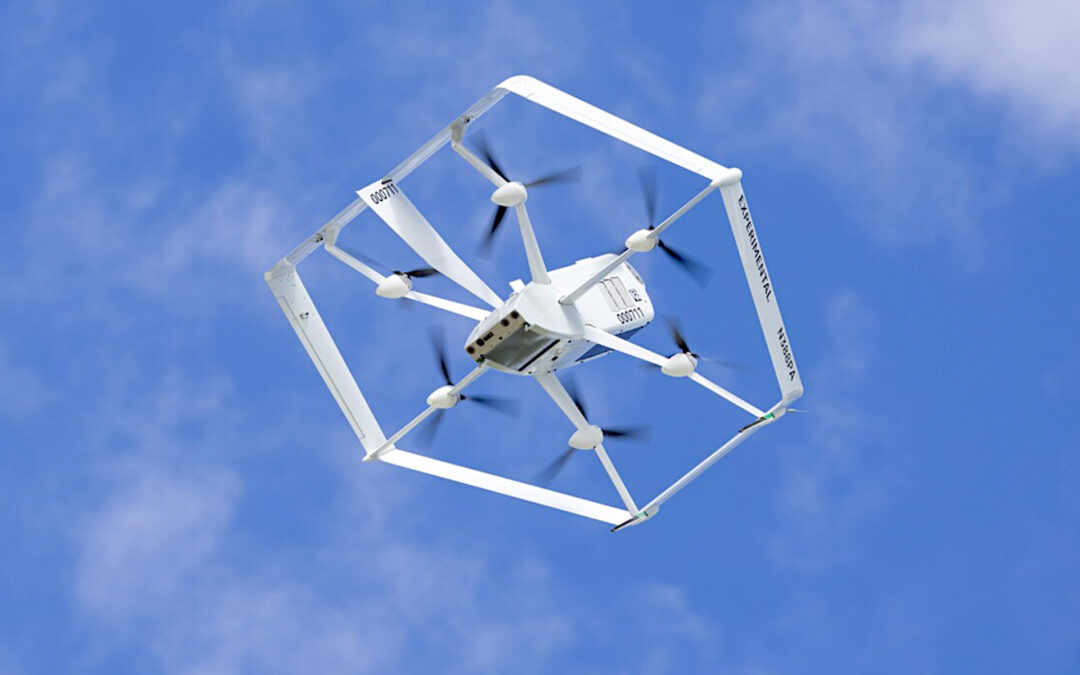This is the first installment of an exclusive HomePage News series examining the state of major home and housewares retailers entering the back half of 2021.
Read all installments of the HomePage News series: Big Retail Beyond 2021.
How major retailers Amazon, Costco, Home Depot, Kroger, Target and Walmart are emerging from the COVID-19 pandemic, after capitalizing on major advantages during coronavirus shutdowns affecting many rivals, is indicative of how retail is currently evolving and not necessarily a tale of smooth sailing.
The moves they are making will set the agenda for the year’s end. Some initiatives will take a familiar form, including Walmart introducing an exclusive collection with another stalwart retail brand, Gap Home, featuring tabletop, decor, bed and bath products in time for back to school. Other times they will be more, if not completely, unique, such as Amazon readying a third-quarter introduction of entirely new platform that will allow retailers to take traffic engaged on its website over to their own online stores, which will be marked with Prime badges to signal that shoppers can get the company’s fast and, for the most part, free shipping even the same day.
Post-Pandemic Prospects
Although their post-pandemic prospects differ in the details, what all six share is the permission they received from authorities to remain in something close to full operation as essential businesses last year while COVID-19 stalked across the United States, even as key cross-channel competitors in the off-price and department store segments had to close their doors. Now, as retailers across the board have been emerging into full operation, how those six operations leverage the advantages they’ve enjoyed will have a telling effect and initiatives they’ve launched or accelerated will be major factors in the marketplace as it looks ahead to the holidays, even if subject to adaption or even abandonment down the road.
Evidence for the housewares sector maintaining momentum gained in the pandemic emerged in the first quarter.
Q1 Retail Sales Growth By Category
%
Kitchen Electrics
%
Home Environment
%
Personal Care
%
Housewares
Source: The NPD Group, quarter ended April 3, 2021, versus comparable quarter in 2020
Eating Habits
Even the impact of workplace reopenings will be mitigated, not only because many folks will still work from home full or part time but also because those who are now in the habit of preparing their own breakfasts and lunches may be more inclined to brown bag. The brown bag is an opportunity as it will likely take the actual form of a cooler bag, a travel mug or like item. More than any recently acquired habits at work, though, Derochowski pointed out, as at least for the next few months many consumers will remain wary of contact with strangers and strange environments.
The pandemic may be waning, but a significant proportion of the public is holding out on vaccine inoculation, slowing its demise. In addition, consumers are more aware of health and disease transmission than before COVID-19 hit the U.S. So, many coronavirus-prompted behaviors and at least some restrictions are likely to remain in place at least through the end of this year.

As a result, many market trends that benefited the home and housewares sector should remain in force well into 2022, Derochowski said, with even vacations for those anxious to get out and about likely to remain modest and local this year, given ongoing travel restrictions and concerns regarding unvaccinated travels, with children a special concern.
Still, consumers have demonstrated more optimism about the prospects for something near normalcy in the second half of the year. According to a Numerator study, 59% of consumers expect that Fourth of July to be the first normal holiday since the COVID-19 crisis began, which probably bodes well for consumer spending in the period leading up to the date including those housewares sector participants that provide so many necessary components of the customary celebrations.
Warning Signs
Of course, supply chain difficulties have been haunting vendors and retailers through the spring, with beginnings earlier. But Shalett pointed out that they are leading to production delays that could put a damper on the jobs recovery and cause negative economic surprises and earnings revisions.
Another potential effect, she noted, could be profit-margin squeezes, a problem that can’t be resolved by a stimulus if the economy stalls. Although investors drove up share prices and the economic recovery remained strong through the first four months of the year, Shalett warned that the stock market could be sensitive to disappointment, whether from supply-chain imbalances, higher prices, a lack of inventory and/or lost sales, which could hobble growth, which would have ramifications for the larger economy.

Beyond the macroeconomic concerns, retailers, even those most successful in the pandemic, have immediate challenges they have to confront.
As the coronavirus crisis winds down Mara Devitt, senior partner at consultancy McMillan Doolittle, said the foremost challenge facing major retailers and just about any business that could operate under COVID-19 restrictions is retaining customers won as the pandemic raged. So, a way to gauge how retail will fare is by looking at consumer shopping choices.
“Who is retaining customers?” she asked. “Consumer satisfaction, curbside pickup, how do we keep these things going? Chipotle determined that its most profitable order is one made online and picked up in store. The question is how do we incentivize, what are we doing to retain customers so they are not going back to their old habits?”
Customer Retention
-Mara Devitt, McMillan Doolittle
“Tons of things have been shifted forever,” he said. “The deepening omnichannel approach is a big piece of that. With all the ways consumers have to shop, looking at things in a myopic, tunnel-vision way doesn’t work.
It’s all part of a cohesive whole. So, it’s not one thing, not just sales per square foot or just pick up as part of online sales – it’s about taking a holistic perspective on how all of these channels work together.”
Chernofsky is among the many retail sector observers who say COVID-19 didn’t fundamentally change retail as much as accelerated existing trends in the market. He said it’s important to look at trends in the emerging post-COVID reality from a broad perspective to get a sense of how retailers will be addressing consumers who are reevaluating how and where they shop as well as how retailers take capabilities that were critical in the pandemic and turn them the new purposes.
Rohan Thambrahalli, president and CEO of UpstartWorks, which provides service to brands operating on Amazon and other marketplaces, said the companies he works with saw tremendous growth in 2020 that has continued into 2021, but that demand coupled with supply chain troubles has been creating backlogs that are likely to continue through the end of this year, which could complicate holiday planning.
Marketplace Matters
The challenge many retail vendors find themselves in today with regard to material costs also will impact the back half of 2021 and 2022, and not everyone is equally willing to help vendors.
“The retailers want more traffic and are willing to listen to these brands,” Thambrahalli said. “They’ll say, ‘We know plastic is up 20% or 30%, so we’ll work with you.’ With Amazon, it’s difficult to have that kind of discussion.”
– Rohan Thambrahalli, president and CEO of UpstartWorks
Thambrahalli said, “The amount of revenue my brands do on Amazon is up 150% plus versus the prior year, and that was up.”
So, Amazon will once again have a huge impact on the back half, as it did last year, when its decision to change the Prime Day sales event to October set the pace for the entire holiday season.
In the company’s first quarter conference call on April 29, Brian Olsavsky, Amazon CFO, echoed the company’s earnings press release when he said Amazon’s Prime Day promotional event would occur in the second quarter. Speculation has it that the decision was based on boosting comparisons for this year’s period versus the big gains Amazon had in last year’s second quarter as shopping and movement restrictions associated with COVID-19 countermeasures kicked in and people turned to online shopping in virtual droves. Olsavsky didn’t provide a date for the two-day event during the conference call, although June immediately seemed likely given the quarter ends that month and Prime Day marketing hadn’t begun by the time of the conference call. He also didn’t provide an exact reason why the Prime Day move happened this year after the 2020 shift from July to October, although he made passing reference to the Olympics and vacations.
Prime Time
Overall Amazon net sales increased 44% in the first quarter year over year to $108.5 billion while net income increased to $8.11 billion versus $2.53 billion in the previous-year frame.
In its earnings release, Amazon made a point of the company’s Counterfeit Crimes Unit continuing to work aggressively with law enforcement, industry associations, brand owners and academics to eliminate bogus products. It also touted the expansion of its Fresh grocery stores to four additional communities and other retail initiatives as well.
Amazon hasn’t made a big deal of it yet, but it is signing up brands that are part of its Fulfilled by Amazon system to take part in the aforementioned new platform, Thambrahalli said. Not only will it more closely link Amazon and partner brands online, but it also will give consumers a new way to shop, one that’s essentially curated by brand rather than an endless aisle exploration. Plus, the new platform is backed up by Prime delivery even when they order through the brand partner’s site.
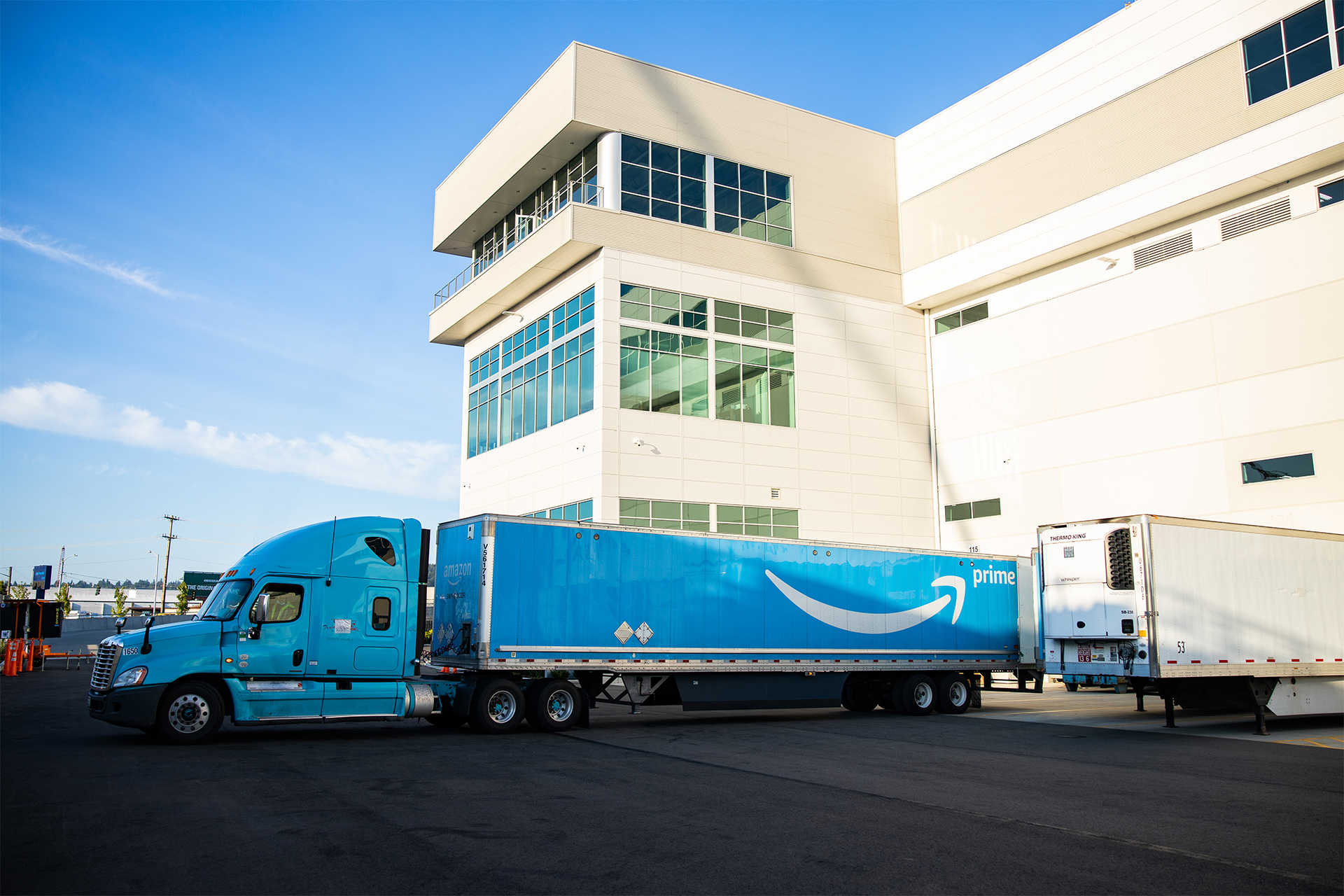
“This is going to be a big disrupter as regards e-commerce,” Thambrahalli said.
Amazon’s recent efforts are just one example of how major retailers are emerging from the pandemic stoked with cash and anxious to compete. In their recent conference calls, and in the new initiatives launched over the past few weeks, key players have provided a view to how the emergence from COVID-19 restrictions and the buildup to holiday 2021 will play out in general. A look at the recent admissions and activities as per Costco, Home Depot, Kroger, Target and Walmart, a deeper view on Amazon and more on issues such as supply chain, the reopening of retailers shuttered during the pandemic and evolving consumer trends follows.

